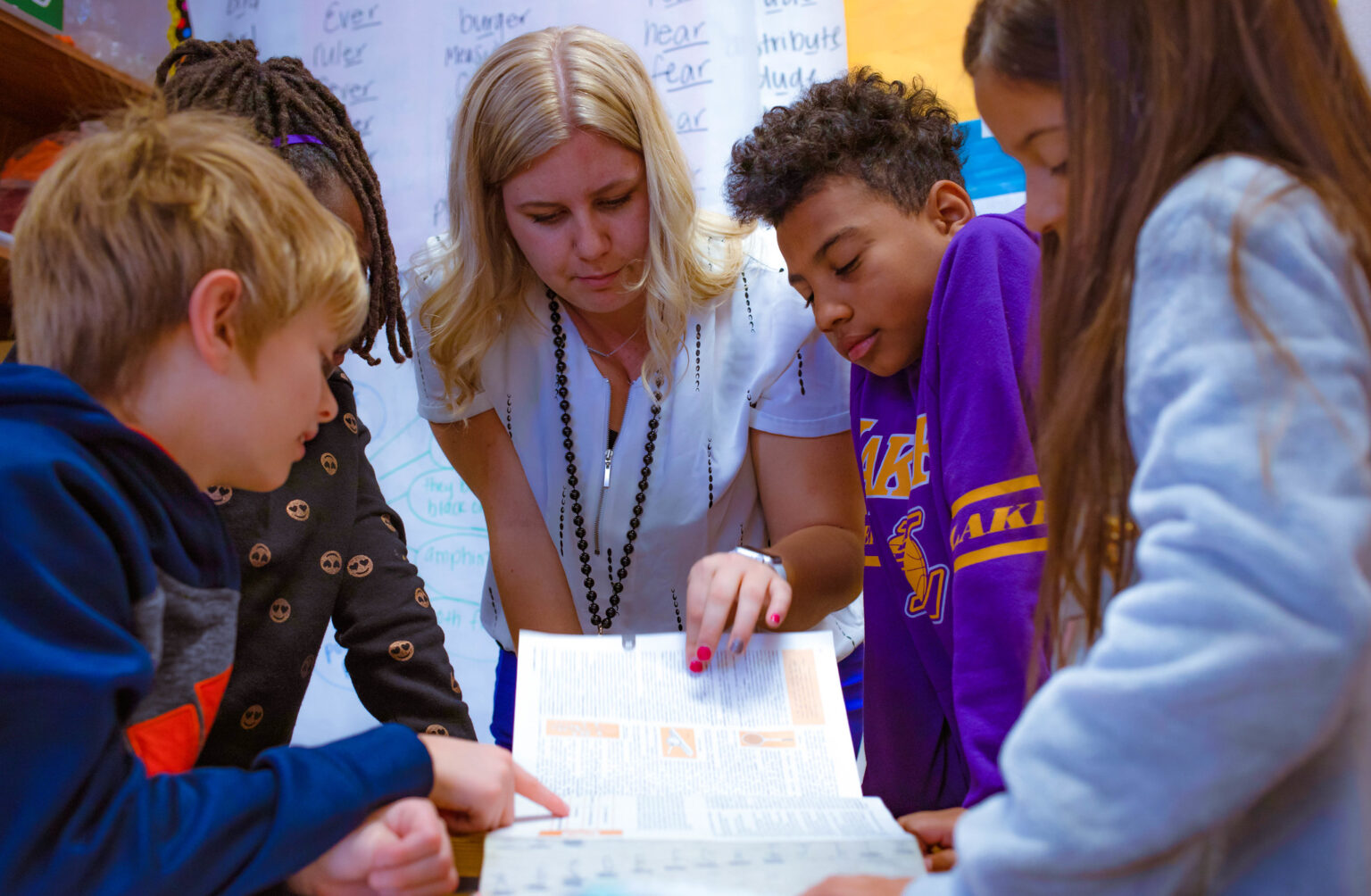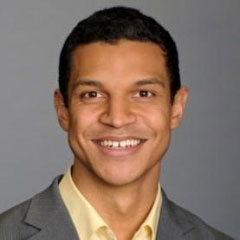What happens when leaders and educators implement innovative, team-based staffing models in their schools and systems? Next Education Workforce™ models fundamentally redesign the one-teacher, one-classroom model to deepen and personalize learning for all students and improve working experiences for educators.
“Thirty years in education has taught me we do not suffer from a teacher shortage,” says Mesa Public Schools Superintendent Andi Fourlis in a new article for School Administrator, the School Superintendents Association magazine. “Rather, we suffer from a workforce design problem. We must change the working conditions of teachers if we want to retain and attract teachers and improve student outcomes.”
In addition to allowing educators to teach on teams to better serve their students, Next Education Workforce models have shown promising results for teacher satisfaction, reducing burnout and creating environments in which educators and learners thrive. These purposefully-designed teams can look different in each context.
Andi Fourlis also shares, “Some teams have counselors and special education teachers. Others invite community educators such as industry experts to support learning. A K–8 STEM school has aerospace industry experts who join teams throughout the year, while an elementary school sought high school tutors to assist with reading practice two to three times a week. Some of these aspiring educators have been hired as part-time paraprofessionals who join teams after their school day has ended.”
Like Mesa Public Schools, the Kyrene School District has also seen success in implementing team-based strategic school staffing models. Superintendent of Kyrene School District Laura Toenjes shares, “One of the biggest fundamental shifts was the reimagining of physical spaces. Flexible space and scheduling are essential components supporting project-based, collaborative, personalized learning…We don’t have one-teacher, one-room classrooms. We have multi-age ‘learning studios’ that can serve up to 120 students, where teams of educators work for the success of all students in the studio.”
Curious to learn more? Read the full May edition of the School Superintendents Association Magazine or join AASA’s professional learning cohort on strategic team-based school staffing models.
To learn more about teaming and the Next Education Workforce, register for an upcoming information session.

